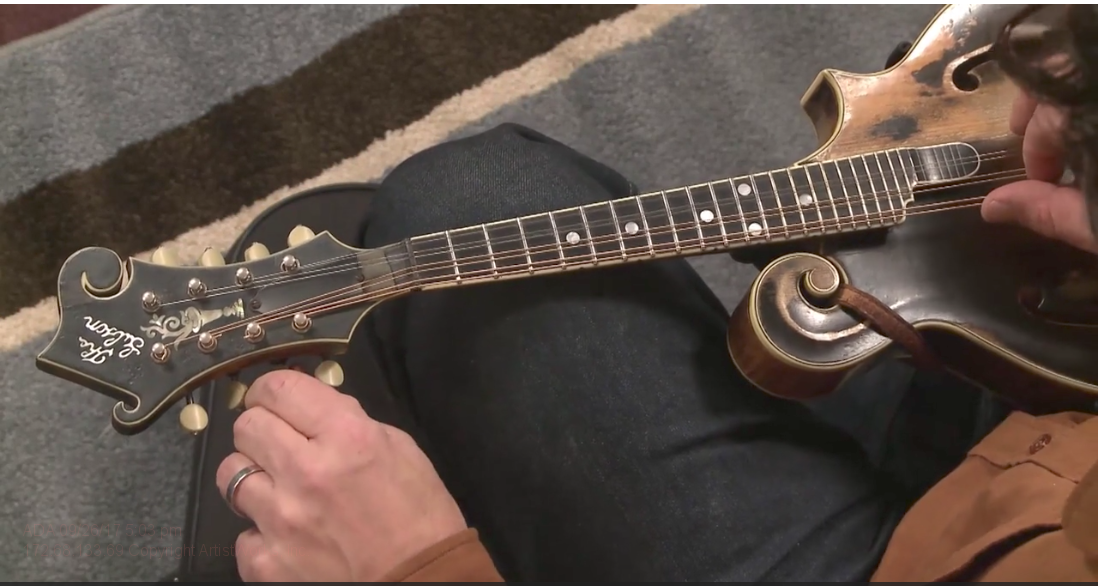Adjusting the Action on a Mandolin
Today we’re going to talk about an essential skill for all the serious picker: adjusting the action on the mandolin. Learning how to do this is fairly simple and can save you time and money in the long run, so it's definitely worth knowing. With the right adjustments, you can make playing your mandolin much easier and more comfortable. You don't want the action too high, but not too low either.
Before we get to the action, so to speak, let’s discuss a few common problems and how to address them.
Changes in Climate and the Sinking Bridge Problem
When living in or traveling to a dry climate, the moisture inside the wood of the mandolin tends to evaporate, resulting in a sunken bridge as the wood cells shrink. In turn, a sunken bridge results in buzzes across the fingerboard, caused when a plucked string vibrates against the fret wire higher than the actual fretted location. Ultimately we must raise the bridge to counter this problem in low humidity environments, which we’ll discuss below.
Work Towards the Center
In order to raise (or lower) the mandolin’s bridge height, it’s necessary to first reduce the tension on the strings. Start on the outermost pair of strings (the E and G strings), loosening them by 7 turns on the machine heads and then repeat the same process with the other string pairs, working towards the center strings. Once you’ve done this for all the string pairs, you’re ready to adjust the bridge height.

Adjusting Bridge Height
Having released the tension on the bridge by loosening the strings, it is now possible to adjust the bridge height by turning the wheels on either end of the bridge. Begin with 1-2 turns, which will raise or lower the bridge height by approximately the thickness of the G string. Work incrementally, evening out the bridge height on both the bass and treble sides of the bridge.
You’ll also want to make sure that both feet of the bridge are planted firmly on the body of the mandolin. If you see any space between the feet of the mandolin and the body, or if it appears turned at an angle, make sure that the bridge is perpendicular to the body and that both feet are flush before re-tightening the strings.

Re-tightening Loose Strings
When re-tightening the strings to hold the new bridge height in place, we simply need to reverse the process discussed above. Starting with the outermost string pairs, use the machine heads to tighten the strings, this time only re-tightening by six turns rather than seven.
Quick tip: As a general rule, raising the bridge height will reduce the number of turns necessary to return the strings to proper tension, while lowering the bridge height will increase the number of turns required.
Fixing Lateral Bridge Displacement
When adjusting the bridge height on your mandolin, you may find that the bridge has shifted either towards the ceiling or towards the floor. With the strings already loosened, you can simply slide the bridge back into place, using the outer string pairs (the G and E strings) as a visual reference to make sure that the bridge is square and that all strings are running perpendicular to the fret wire. This method tends to be the best guide for how much to adjust the bridge on the vertical axis.
We hope that you’ll take what you’ve learned today and enjoy the additional time and money that you’ll save by adjusting your mandolin’s action yourself. Good luck out there in mando land, happy picking!

Did you know Mike Marshall teaches mandolin online at ArtistWorks? Click here for free sample lessons!
Related Blogs:








Comments